As homeowners seek out features that make their property stand out, some choices are coming with unintended consequences in the form of higher insurance premiums. What was once considered a desirable home feature may now be driving up the cost of coverage in a way that homeowners didn’t expect. Understanding the long-term implications of home features on insurance premiums is becoming a crucial part of property buying decisions.
1. Swimming Pools
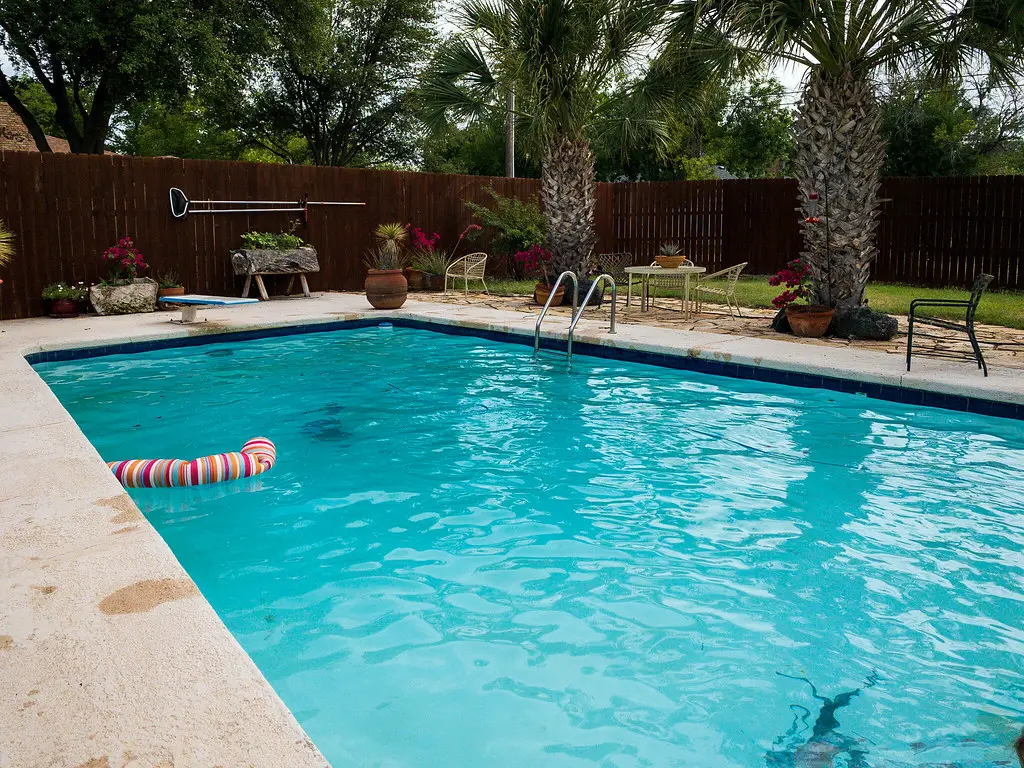
Owning a swimming pool has long been seen as a luxury, but it can now lead to higher insurance premiums. Pools increase the liability risk of a property, making insurance providers more cautious. Bankrate notes that the added risk of injury from slips, drownings, and other accidents often results in increased coverage costs. Pools also require regular maintenance, and failure to maintain proper safety features such as fencing or alarms can further drive up rates.
While swimming pools are great for relaxation and entertainment, they also present a greater risk for both the homeowner and the insurer. Homeowners may need to install additional safety measures like locking gates, pool alarms, or security cameras, or opt for higher coverage limits, which can all contribute to higher costs. Some insurance companies even charge extra premiums for properties with pools, reflecting the increased liability risk associated with having one.
2. Wood-Burning Stoves or Fireplaces
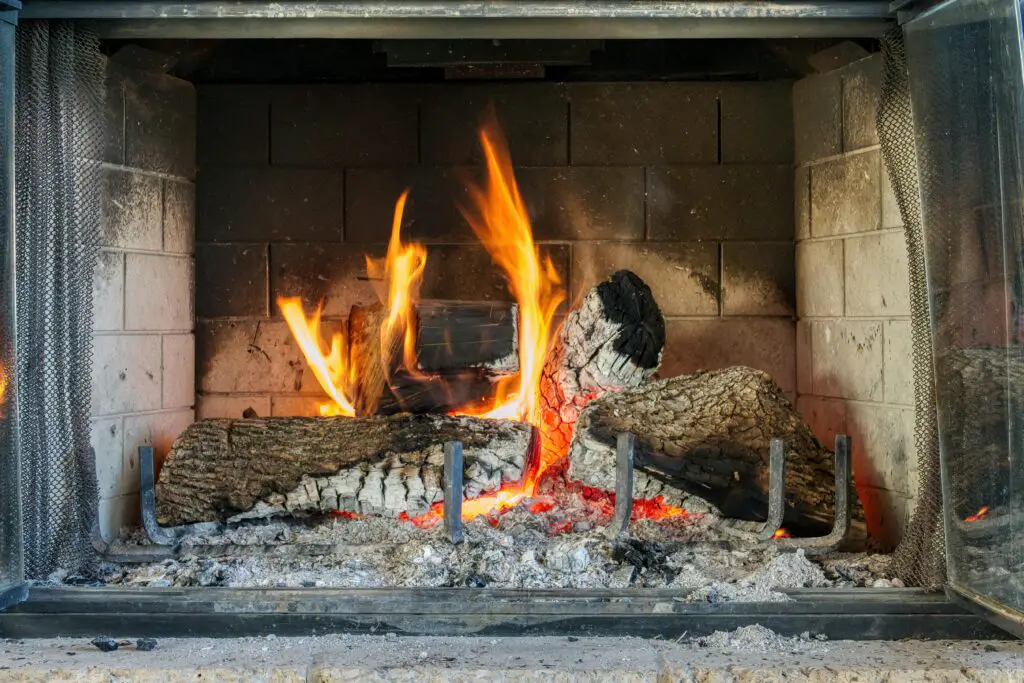
While wood-burning stoves and fireplaces are often associated with warmth and comfort, they also come with significant fire risks. Homeowners who rely on these features as a primary heat source may face steeper insurance premiums. According to Progressive, many insurance providers charge more to insure homes with wood-burning stoves or fireplaces due to the risk of accidental fires. In particular, homes with poorly maintained chimneys, flues, or stovepipes are considered a higher risk.
Additionally, the older the wood stove or fireplace, the higher the potential for issues. Insurers may require homeowners to upgrade or repair these systems before offering or renewing coverage. Some insurers even refuse to cover homes with certain types of stoves or fireplaces unless specific precautions are met, such as regular inspections and maintenance, adding to the overall cost of ownership.
3. Flat Roofs
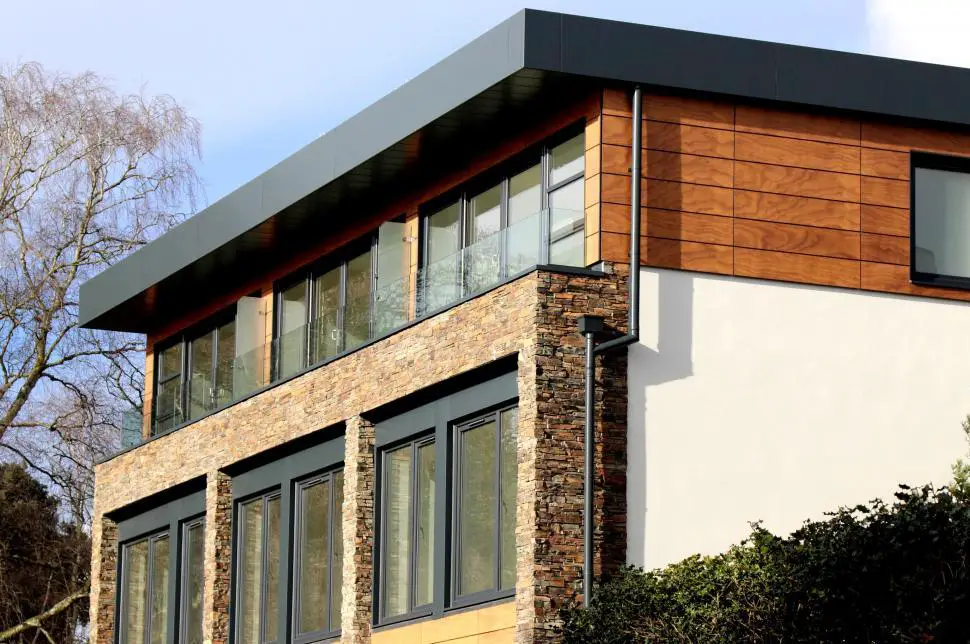
Flat roofs, once a staple of modern design, are increasingly being linked to higher insurance rates. While they offer sleek and minimalist appeal, flat roofs are more susceptible to water damage and are harder to maintain, making them riskier to insure. According to The Spruce, insurance companies typically charge higher premiums for homes with flat roofs because they have a higher chance of leaking, especially during heavy rains or snowfalls. In addition, flat roofs tend to have a shorter lifespan, requiring more frequent repairs and maintenance, which can increase the cost of coverage.
Due to their design, flat roofs also accumulate more debris and water, leading to greater long-term damage if not properly maintained. Homeowners with flat roofs may be asked to upgrade their roofing materials or maintain a more frequent inspection schedule to keep insurance premiums down. Some insurers even refuse to offer coverage for properties with flat roofs, or they impose hefty deductibles to offset the risk.
4. Aluminum Wiring
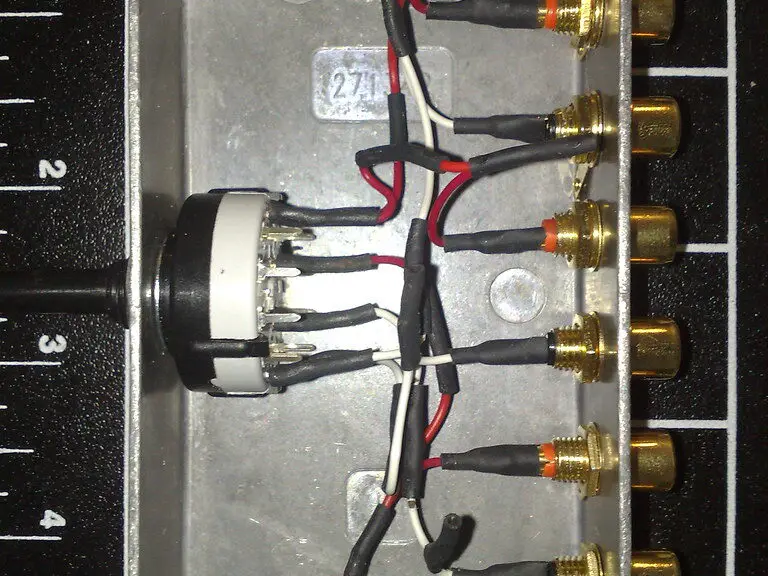
Once considered an affordable and modern choice, aluminum wiring is now viewed as a significant fire hazard and a reason for higher insurance premiums. Over time, aluminum wiring can corrode and create loose connections, which can lead to overheating and fires. According to The National Fire Protection Association (NFPA), homes with aluminum wiring are more likely to experience electrical fires than those with copper wiring. As a result, insurers view homes with aluminum wiring as high-risk, often resulting in higher premiums or a complete lack of coverage.
Homeowners with aluminum wiring may be required to replace it with safer materials, such as copper, to secure affordable insurance coverage. However, this can be a costly undertaking, and the lack of coverage for properties with aluminum wiring can lead homeowners to seek more specialized insurers. As the risk of electrical fires continues to rise, insurers are focusing more on the type of wiring in homes, contributing to the growing costs of coverage.
5. Wood Siding
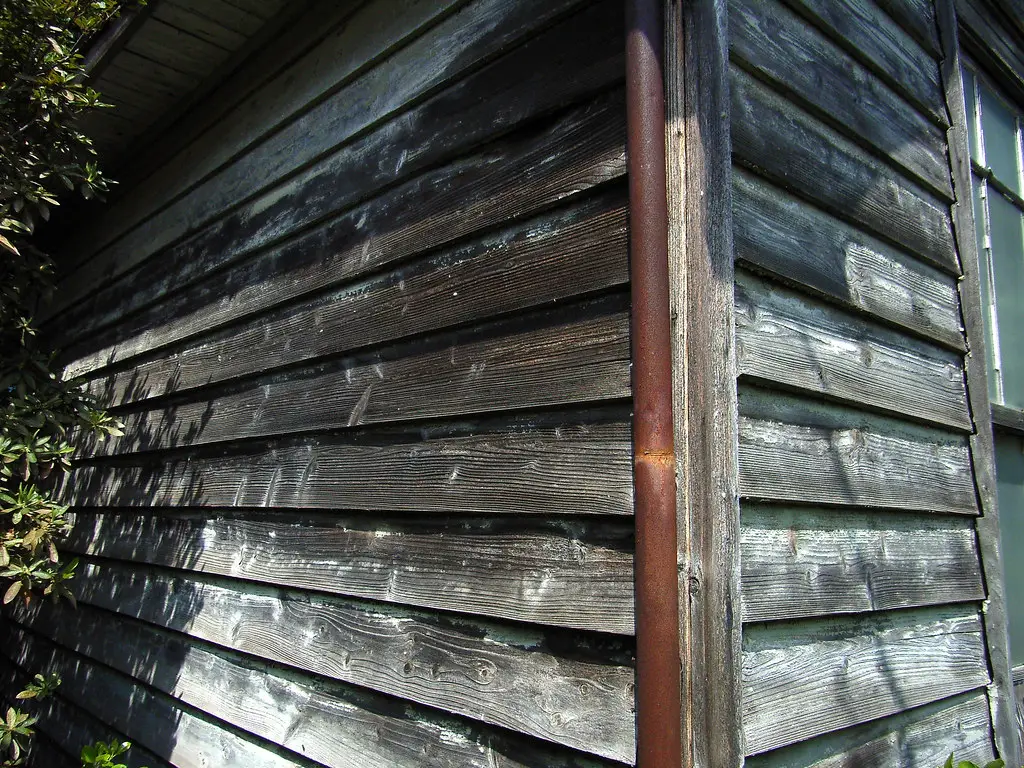
Wood siding, while aesthetically appealing, can increase insurance premiums due to its vulnerability to fire and weather damage. Wood siding is more susceptible to damage from termites, rot, and mold, all of which can lead to higher repair costs over time. Additionally, wood siding can catch fire more easily than other materials like brick or vinyl, further raising the risk for homeowners and insurers.
In areas prone to wildfires or extreme weather conditions, wood siding is often considered a significant risk. Homeowners with wood siding may face higher premiums due to the increased likelihood of fire damage or the need for constant maintenance. Some insurance companies may require additional fire-resistant treatments or a complete replacement of the wood siding with a more durable material before they offer coverage at all.
6. Skylights
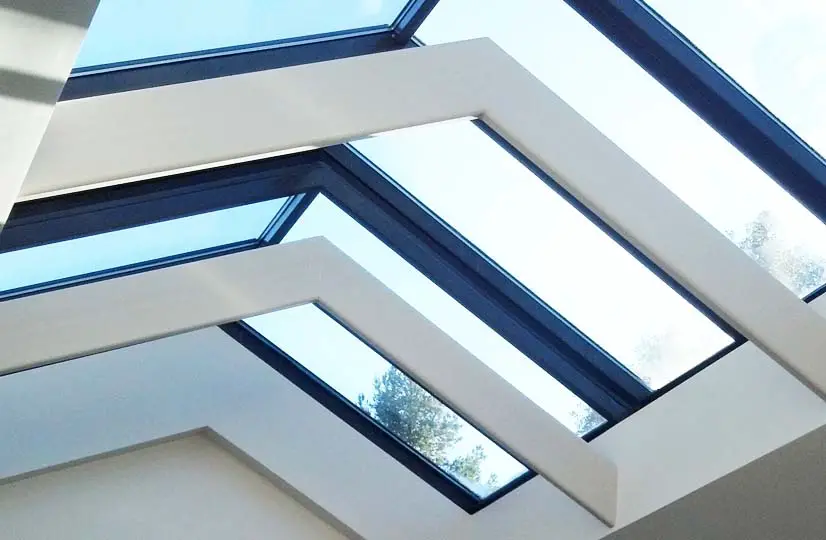
Skylights have long been a desirable feature in homes, bringing in natural light and enhancing the aesthetic appeal of a space. However, they are also a risk factor for insurance companies, primarily due to the possibility of leaks, water damage, or structural failure. Skylights are more prone to cracking or leaking over time, which can result in significant water damage to the interior of a home. As a result, insurance premiums may be higher for homes with skylights.
In addition, if a skylight is improperly installed or lacks proper insulation, it can lead to energy inefficiency, which also affects the long-term value of the property. Insurers may impose higher premiums for properties with skylights or even require additional inspections or maintenance to ensure they are properly sealed and functioning.
7. Hot Tubs
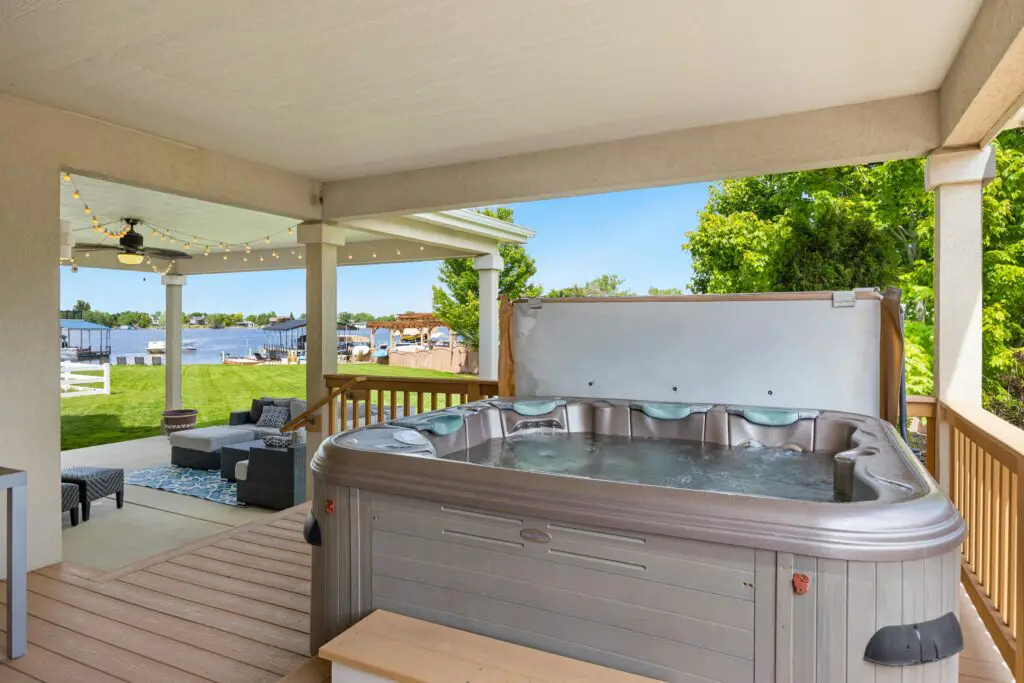
Hot tubs, while relaxing, are another feature linked to higher insurance costs. Similar to swimming pools, hot tubs increase liability risks due to the potential for accidents and injuries. Hot tubs often require special coverage for medical liability, especially if the homeowner rents out the property or hosts gatherings. The risk of burns, slips, and falls is significant, and insurance companies charge higher premiums to offset this increased liability.
In addition to liability concerns, hot tubs require significant maintenance to prevent mold, leaks, and other damage. Homeowners may be required to install safety barriers or locks to mitigate the risk of injury, or they could face additional insurance fees for coverage. The upkeep of a hot tub, especially in areas with freezing temperatures, can also lead to wear and tear on the property’s plumbing, which may further increase premiums.
8. High-Performance Glass Windows

While energy-efficient, high-performance glass windows are becoming increasingly popular, they can contribute to higher insurance premiums due to the risk of breakage. These windows are often more expensive to replace if they are damaged, making them a significant factor in insurance cost assessments. While they provide improved insulation, the potential for shattering or cracking due to extreme weather conditions can raise concerns for insurers, especially in regions prone to hailstorms or heavy winds.
Furthermore, the installation of high-performance windows may require specialized labor or materials, which can make repairs more expensive than traditional windows. Homeowners may find that their premiums are higher for homes with these types of windows, as insurers factor in the higher replacement costs when setting rates. While the benefits of energy savings are undeniable, the increased cost of repairs can make these windows a financial burden in terms of home insurance.
9. Elaborate Landscaping
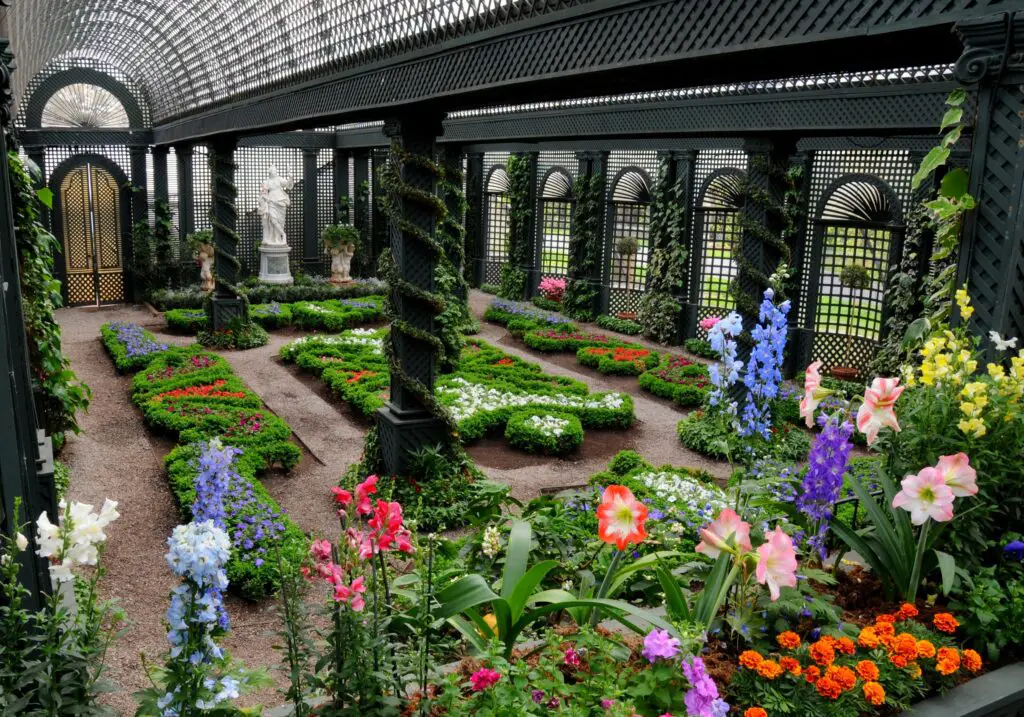
While landscaping can enhance the curb appeal of a property, elaborate and expansive landscaping designs can increase insurance premiums. Expensive plants, intricate water features, and extensive hardscaping can make a home more susceptible to weather damage, such as flooding, erosion, or wind damage. These factors may prompt insurance companies to raise premiums, especially if a property is located in an area prone to these risks.
Moreover, homeowners with elaborate landscaping may be required to maintain additional coverage for their property’s exterior, including structures like pergolas, gazebos, or retaining walls. These features can increase the overall cost of insurance, as they add value to the home but also come with higher risks for damage. Some homeowners may even face higher premiums if their landscaping leads to increased vulnerability in extreme weather conditions.
10. Built-in Outdoor Kitchens
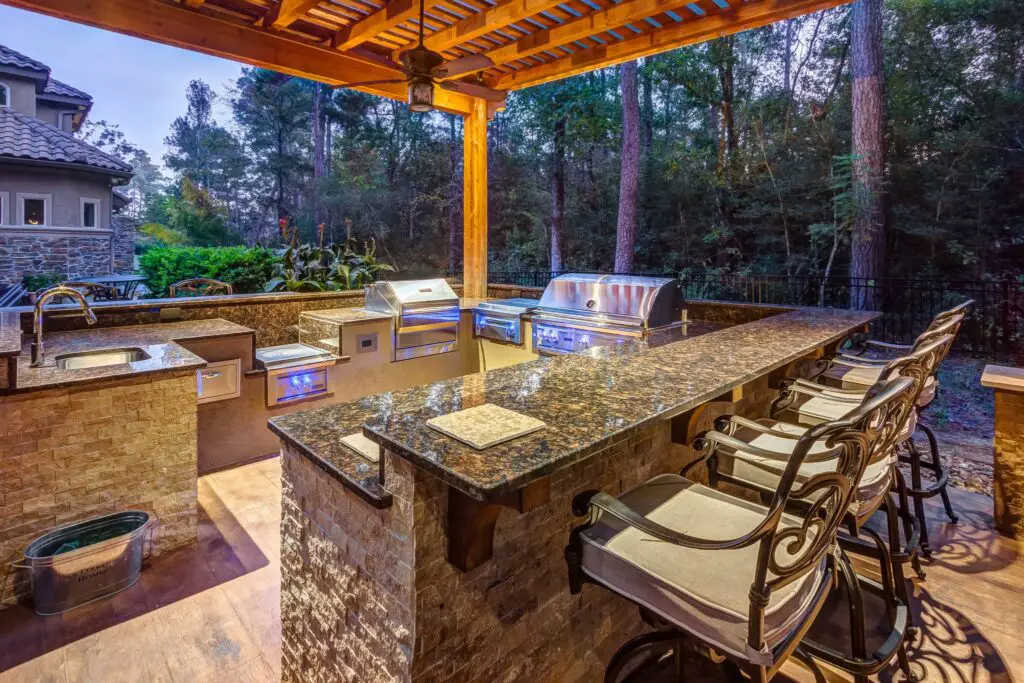
Outdoor kitchens are a luxurious addition to many homes, but they also come with an increased risk of liability and higher maintenance costs. Insurance providers view outdoor kitchens as a potential fire hazard, particularly if they are equipped with grills, stoves, or other cooking appliances. In addition, outdoor kitchens may require specialized plumbing and electrical work, which can lead to additional risks and complications in the event of a malfunction.
As with swimming pools and hot tubs, outdoor kitchens can increase the likelihood of accidents or injuries. Homeowners may need to add special liability coverage or include higher limits to protect against accidents involving cooking equipment or appliances. As a result, insurers may raise premiums for homes with outdoor kitchens to cover the increased risks associated with these luxury features.
11. Open Water Features

Ponds, fountains, and other open water features can significantly increase a home’s insurance premiums. These features pose a drowning risk, especially if they are not properly fenced or secured. In addition, water features can cause flooding and water damage, both of which can result in expensive repairs. The upkeep of such features also requires constant maintenance, which could further increase costs.
If water features are part of a homeowner’s landscaping design, insurance providers may require additional measures to mitigate potential damage. This could include regular inspections, the installation of safety barriers, or higher liability coverage. As the risks associated with open water features become more apparent, homeowners may find that their premiums increase as a result of these high-maintenance additions.
12. Marble Countertops
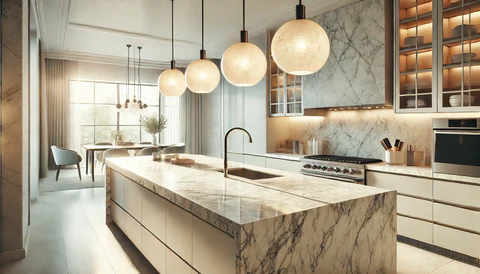
Marble countertops, while aesthetically pleasing, come with a high price tag and increased maintenance costs. They are prone to scratching, staining, and chipping, which can lead to more frequent repairs and replacements. Insurance providers are often wary of covering homes with marble countertops due to the potential for long-term damage and the expensive cost of repairs.
Additionally, marble is more susceptible to damage from acidic substances, such as lemon juice, wine, or vinegar. Homeowners may need to take extra precautions to maintain the appearance and condition of their marble countertops, such as applying protective sealants and avoiding harsh cleaning products. While marble adds value to a property, the increased risk of damage may lead to higher insurance premiums.
13. Solar Panels
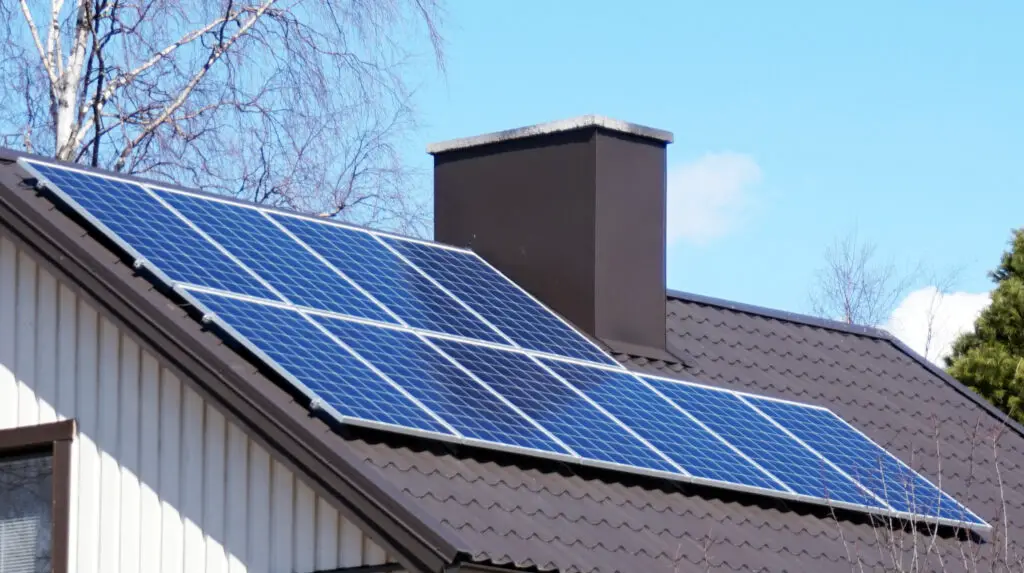
Solar panels, once considered an eco-friendly upgrade, are now raising eyebrows in the insurance industry due to their impact on premiums. While they can reduce a home’s energy costs and increase its value, they also pose unique risks, including damage from severe weather, electrical hazards, or malfunctioning systems. In particular, the installation of solar panels may require additional coverage for the roof and electrical system to ensure that any damage is fully protected.
Moreover, solar panels are often seen as a costly investment, and their value may not be fully realized if they are damaged or require significant repairs. Some insurance providers may offer discounts for homes with solar panels, but this is often balanced out by the need for specialized coverage, making premiums for these homes higher in some cases.
